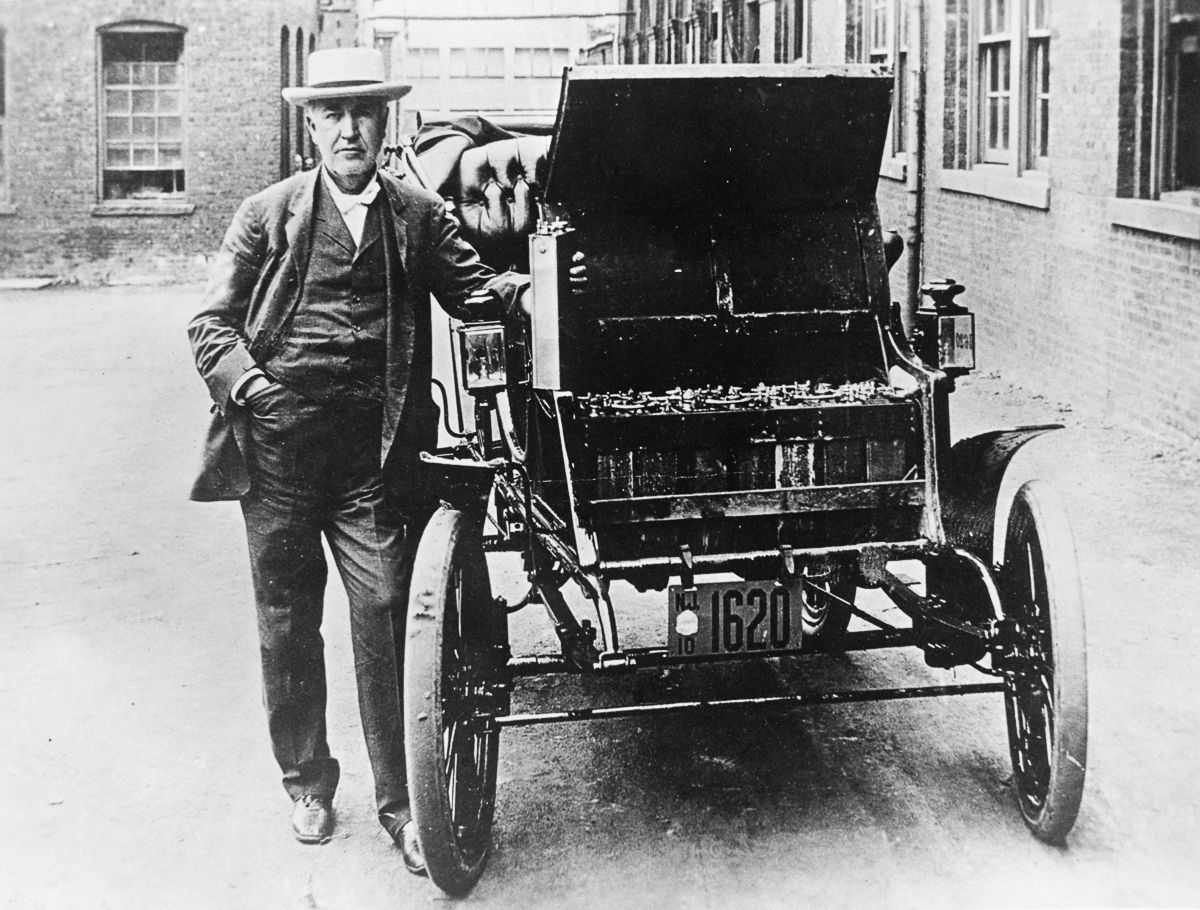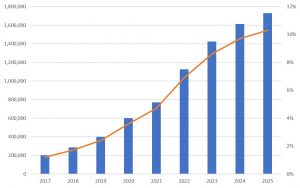
Did you put down money for a new bright red Tesla Model 3? (Or did you skimp and got the standard any-color-so-long-as-it-is-black car?)
Tesla’s Model 3 order book backlog has been growing longer. The company has confirmed having about 420,000 Model 3 reservations, which, at the current production rate, will take nearly two years to deliver. Tesla has been struggling for more than a year to ramp up manufacturing to meet the demand. The company is targeting production rate of 6,000 per week, which is a significant improvement, albeit still only about 65% of the factory’s capacity when it was co-owned by General Motors and Toyota.
To accelerate production, Tesla reduced the number of available Model 3 configurations from thousands to about 100, which means you will not be able to get the exact car of your dreams. And by the time your car is ready to be delivered to you, the federal tax incentive you were counting on may be gone.
The End of Electric Vehicle Tax Credit
The phaseout of the federal tax credits begins two quarters after the quarter in which an automaker sells more than 200,000 units. Tax incentive then is cut in half every two quarters until it is phased out completely.
In a document filed with the Securities and Exchange Commission, Tesla said it expects its 200,000th qualifying sale to “occur at some point during 2018.” This will be an important achievement for Tesla that is promising profitability in 2018 despite having missed multiple milestones. It is also an important milestone for the EV industry as a whole.
Consumers who have been waiting for their Model 3 for over two years would be getting their car just as the federal tax credit is cut in half and drops to $3,750.
Electric Vehicle Sales Forecast
Tesla hopes to become the first electric car company to reach mass production levels. GM is expected to reach the 200,000-unit mark by early next year, and Nissan Motor Co. and Ford Motor Co. are a few years away from reaching same production volume.
While this there is a noticeable progress in electric car sales, overall sales projections remain very low as compared to combustion engines.
Innovators Pay the Price
Tesla and GM are essentially creating the market for electric cars in North America and are rising billions of dollars in research and development and in marketing cars that aren’t yet profitable. Now they face the potential consequences fading tax credits have on their potential buyers, while small-volume market laggards benefit from the awakening market. This is the price disruptive innovators often end up paying.
But there’s more to it and perhaps a silver lining for Tesla. Tesla buyers are very brand-emotional, typically with deeper pockets, and tend to exhibit greater price elasticity than buyers of mainstream cars. These buyers are less likely to be turned away by the expiration of the tax incentives, whereas consumers who are in the market for lower-priced electric vehicles such as Leaf and Bolt might rethink their decision.
Meanwhile, in Washington, DC …
Given the slow adoption of electric cars and the eventual elimination of the tax incentives, GM is likely to lobby for extending the tax credit. Tesla, thus far, has been quiet on the subject.
But they are not going to find a sympathetic ear in Washington, DC. Departing House Speaker Paul Ryan called electric vehicle tax credits “money wasted on losers.” The head of the Environmental Protection Agency, Scott Pruitt, said he’d “do away” with renewable energy subsidies. During the presidential election campaign, Donald Trump disparaged renewable energy as “very, very expensive” and “not working on a large scale.”
The industry needs to break out of its catch-22 situation. Mass adoption of electric cars is slow due to the high cost and the limited range of these vehicles, both related primarily to battery technology. So long as electric vehicles are manufactured in small volumes, the price barrier remains high and impeding adoption. The high cost of vehicle development and limited market size keeps the number of successful OEMs and suppliers, outside China, small and relatively unchanged.
The Chinese Juggernaut
China already has the world’s largest fleet of light-duty plug-in electric vehicles and the largest electric bus market. China’s New Energy Vehicle (NEV) Policy established aggressive NEV credit targets of 12% of auto sales in 2020, keeping market demand strong. In comparison, plug-in hybrids and electric vehicles in the U.S. aren’t expected to reach 10% of sales until 2025.
Chinese automakers will become the leading manufacturers of main-market electric vehicles. Tesla may be hard to touch, but its ability to capture a significant market share is uncertain. China will become a strong competitor to GM and Nissan even in the U.S.
Image: Edison Baker electric car (circa 1895)

